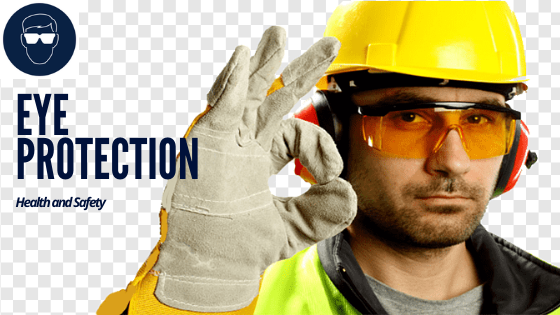Different Types of Flanges and Valves in the Industry | Health and Safety

Types of Flanges Flanges have been designed and developed to be used in countless application each one has its own special characteristics and should be carefully selected to meet specific functional requirements. The following flanges will be discussed in this chapter weld neck, threaded, socket weld, slip-on, lap-joint, blind, Orifice, and reducing flange. 1. Weld Neck Flange- Weld Neck Flanges transfer the stress from the flange itself into the connected pipe. These are used mainly for all processes and critical services where the weld joints need a radiographic inspection. 2. Socket Weld Flange- Socket Weld Flanges are welded on one side only these are used for small board blanks only 3. Threaded Flange- Threaded Flanges are used on non-critical piping for air, water, or nitrogen. Usually, the piping material used for threaded piping is Galvanized CS. 4. Lap Joint Flanges- Lap Joint Flanges are used with stub ends. These are welded with pipes ...











